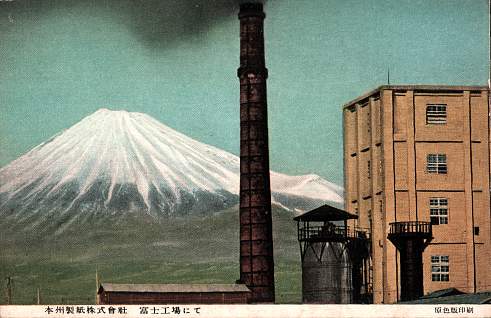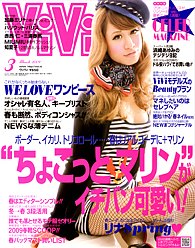Uirō-uri ("Uirō vendor") is a famous monologue excerpted from the Top 18 kabuki play of the same name and now, I understand, used for voice training purposes. (If you want to give it a try, there's a pretty good reference recording available for download at that first link.)
The opening is fairly standard Kabuki self-introduction patter, with the vendor declaring his origins ("... twenty ri capitalwards from Edo, in Odawara, Sagami province...") in a long, rambling sentence that finally ends in his name: Ensai. Ensai gives his audience a quick review of uirō history (magical medicine invented by China and approved by Japan's emperor), and then moves on to his main claim: that uirō will, by improving the health of your Q-zone, grant you near-magical eloquence.

アワヤ喉、 サタラナ舌に、カ牙サ歯音、ハマの二つは唇の軽重、開合さわやかに、 アカサタナハマヤラワオコソトノホモヨロオ、一つへぎへぎに、へぎほしはじかみ、 盆まめ、盆米、盆ごぼう、摘蓼、つみ豆、つみ山椒……
A-wa-ya nondo, sa-ta-ra-na zetsu ni, ka ge sa shion, ha-ma no futatsu wa kuchibiru no keichō, kaigō sawayaka ni, a-ka-sa-ta-na-ha-ma-ya-ra-wa o-ko-so-to-no-ho-mo-yo-ro-o; hitotsu hegi-hegi ni, hegi hoshi hajikami; bonmame, bongome, bongobō; tsumitade, tsumimame, tsumisanshō...
The a-wa-ya [i.e. mora starting with /w/, /r/, and with no initial consonant] in the throat, sa-ta-ra-na on the tongue, the ka off the canines and sa off the teeth, ha-ma both on the lips, one light and one heavy, all opening and closing smoothly, a-ka-sa-ta-na-ha-ma-ya-ra-wa, o-ko-so-to-no-ho-mo-yo-ro-o, hitotsu hegi-hegi ni... [from here on out is just a tongue-twister combination of words for sound].
Nondo! Now that's Edo.
A-ka-sa-ta-na-ha-ma-ya-ra-wa and the /o/ version are the Japanese consonants, in traditional order, with the first and last vowels (/a/ and /o/) respectively. Note that the /wo/ is just o — by Edo times the /w/ had already been lost.
As for the "canines" thing, that's from the traditional Chinese classification of consonants. "Canine" basically corresponds to "velar", I think. And /ha/ is a "lip" sound because back then, it was still pronounced as a bilabial fricative. (Why /s/ gets two separate places of articulation escapes me, I'm afraid.)
I should note, too, that despite my English Wikipedia link above, this sales pitch is really for the medicinal product named uirō, which the original manufacturers in Odawara (who claim descent from a Chinese official who fled Zhejiang when the Ming Dynasty crushed the Yuan [Mongol] Dynasty in the 14th century) lay jealous claim to, rather than the delicious sweet named uirō, which is made all over the country—I understand that Nagoya's is actually more celebrated than Odawara's.
For the sake of fairness, let it be recorded that the Odawara medicinal uirō clan believe that all sweet uirō nationwide are derived from their ancestor's non-medicinal recipe, and as evidence they offer the fact that there is no normal way to get the reading "uirō" from the kanji 外郎—it was some weird decision made by their founding father when he arrived in Japan. They also claim that Uirō-uri, the play, was either commissioned or written by kabuki actor Ichikawa Danjūrō II (二代目市川団十朗) as a token of his appreciation for this marvelous medicine which had, they report, restored his voice when nothing else could.
(By the way, as of this year No-sword's format will be: long posts every Monday, shorter posts irregularly. Enjoy!)
![[No-sword]](http://no-sword.jp/images/site/no-sword_banner.jpg)





